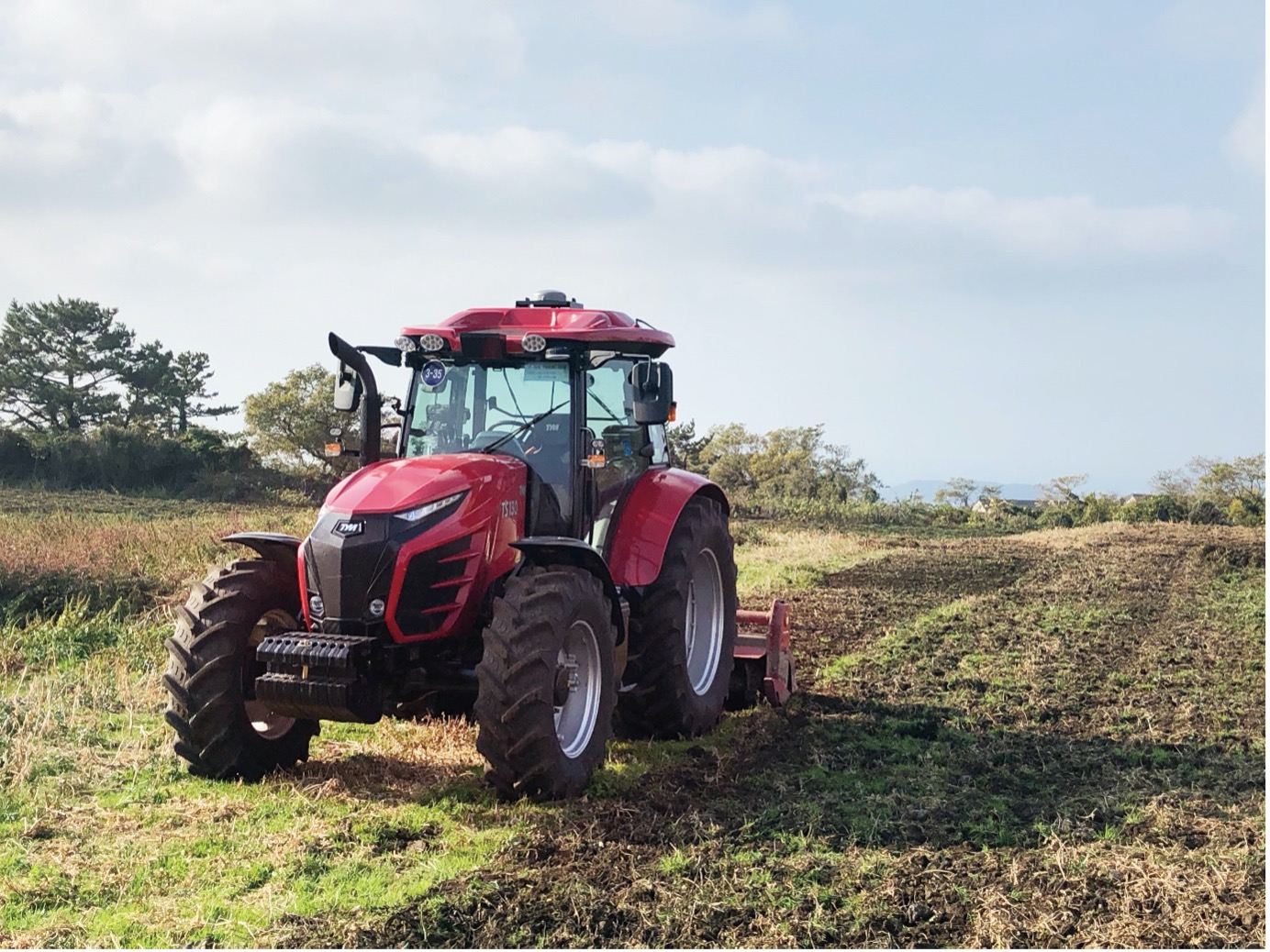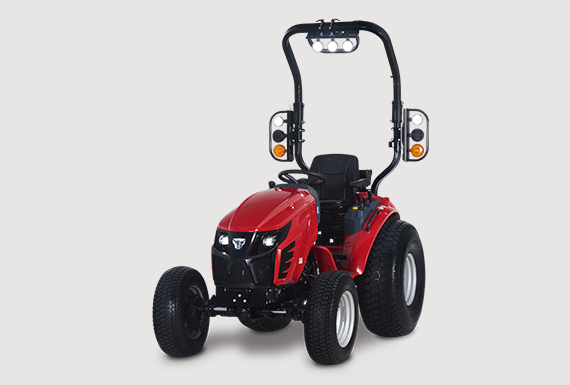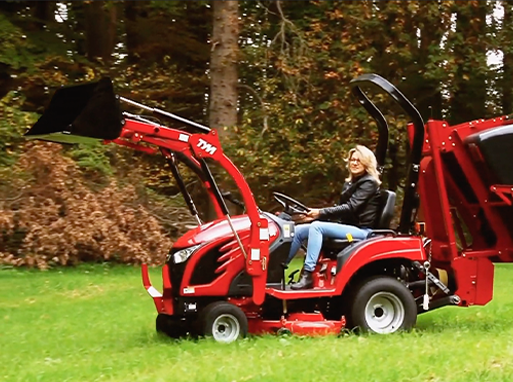
TYM has been developing, testing and optimizing autonomous driving functionality since 2011. In May of 2019, TYM demonstrated a self-driving rice transplanter at Oksan village in Gyeongju, Korea. Additionally, it signed an MoU with KT in Korea to promote 5G assisted autonomous farming machines.
A TYM official explained, “In early 2022, we plan to launch an autonomous driving “Level 1” stage tractor and a “Level 2” stage rice transplanter.”
At Level 1, TYM's machines will facilitate straight-line autonomous driving for steering and braking control. At Level 2, the technology will be advanced so machines can also be automatically turned. Additionally, TYM will introduce telematics or self-driving tractors in 2022 to enable remote access to the work log, fault information, theft prevention, maintenance alerts and safety alerts.


In July of 2020, TYM established a dedicated Information Communications Technology (ICT) division to accelerate research initiatives. The previous version of the ICT department was the Central Research Institute. ICT is actively working on developing the software and hardware for autonomous driving controllers and consoles.
Last year, when staying home became the norm with the emergence of the COVID-19 pandemic, a home gardening trend caused an increase in the demand for small tractors. Responding to this trend, TYM enhanced marketing efforts and developed products accordingly. For the first time in the industry, TYM developed a program with interactive 3D renders of products and a digital library of catalogs on handheld tablets, enabling sales teams and dealers to present vivid renditions of products remotely or in person.
The T25 tractor was also a critical part of responding to demand in North America, with modern operator-centric features like wireless charging for smartphones, Bluetooth speakers and a toolbox. TYM estimates over 2,500 units of the T25 will be sold to the North American and European markets this year. An official from TYM explained, “As consumers' tastes become more advanced and convenience functions become more important, we will supply the performance and design of small models to meet customer needs.”
This article is adapted from an article by the Korea Economic Daily.
Now that you can identify the proper type of tires to use for specific applications, consider choosing OEM tires over aftermarket tires. Unlike aftermarket tires that are generic and manufactured to fit a range of tractor brands and models, OEM tires are specifically designed to fit your tractors and built to maximize your machine’s performance and efficiency on the field, turf, or construction site.
Browse through our list of compatible tires for your TYM tractors.
| Model | Type of Tire | Front | Rear |
|---|---|---|---|
| T224 | R3 Turf Tires | F Turf Master 16x7.50-8NHS 4PR | R Turf Master 24x12.00-12NHS 4PR |
| T224 | R4 Industrial Tires | F WT300 18x8.50-10NHS 4PR | R WT300 26x12.00-12NHS 4PR |
| T254 | R3 Turf Tires | F Turf Master 20x8.00-10 NHS TL 4PR | R Multi-Trac CS 29x12.50-15 NHS TL 4PR |
| T254 | R4 Industrial Tires | F Trac Chief 20x8.00-10 NHS TL 4PR | R Trac Chief 27x12.5-15 NHS TL 4PR |
| T254 | R4 Lg Industrial Tires | F Trac Chief 23x8.50-12 NHS TL 4PR | R Trac Chief 12-16.5 NHS TL 6PR |
| T264 | R3 Turf Tires | F Turf Master 23x8.5-12 NHS TL 4PR | R Multi-Trac CS 33x12.50-16.5 NHS TL 4PR |